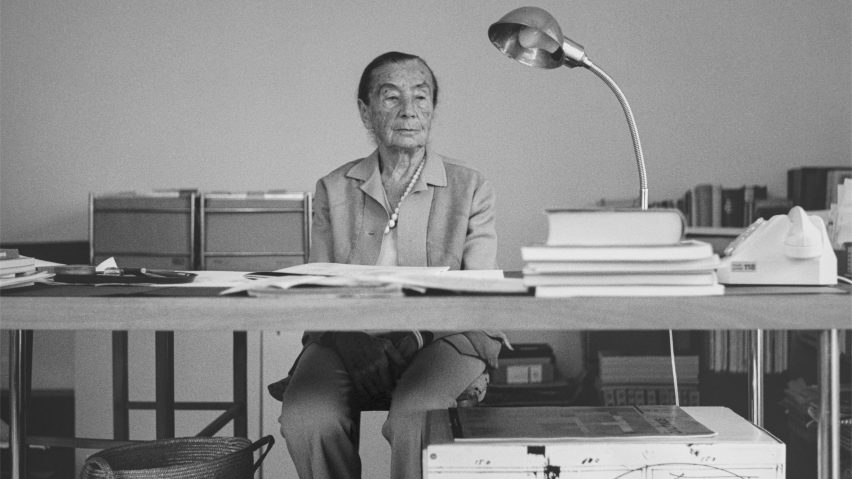
Lucia Moholy's photographs provide a different perspective on the Bauhaus
An exhibition at Prague's Kunsthalle explores the life and work of Lucia Moholy, whose photographs helped to bring the Bauhaus to international attention. Here, curator Meghan Forbes picks five images that illuminate her often-overlooked legacy.
Born in Prague in 1894, Lucia Moholy was an innovative and prolific photographer, documentalist and writer, best known for her photos of the Bauhaus school of art and architecture, where she studied and worked between 1923 and 1928.
Her photographs were later used by Bauhaus director Walter Gropius to promote the school without crediting or compensating Moholy. She spent many years battling to regain her original negatives, which had been passed to Gropius after she was forced to flee Germany in 1933 when the Nazis rose to power.
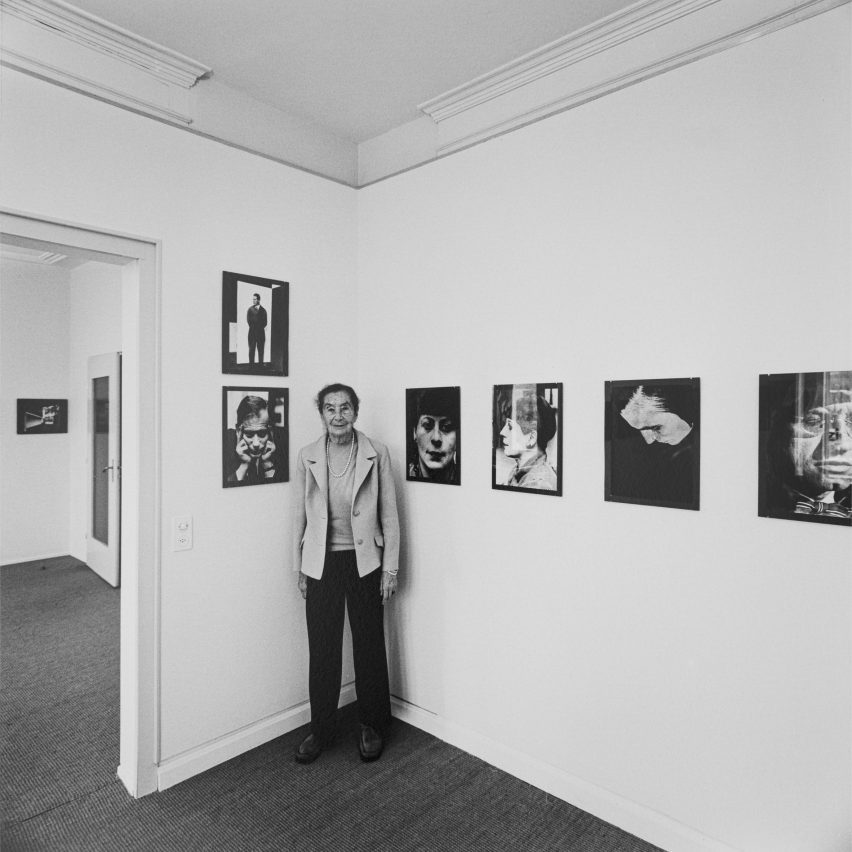
The Exposures exhibition, on show at Kunsthalle Praha until 28 October, explores the full breadth of Moholy's photographs and writings from the 1910s to the 1970s.
Forbes worked alongside fellow curators Jordan Troeller and Jan Tichy to tell the story of Moholy's diverse career, including her extensive portraiture and involvement in early forms of information science such as microfilm technologies, which served as a precursor to computerised data storage.
"The show takes a critical approach to examining how her life was at the crux of issues of gender, religion, ethnicity, class and geopolitical power that played out in Europe in the 20th century," Forbes told Dezeen.
The following images focus on Moholy's time at the Bauhaus, where she worked closely with her then-husband László Moholy-Nagy, without ever receiving the same level of acclaim, Forbes explained.
"The Bauhaus put forward this mission of being very democratic and egalitarian," she said. "But the patriarchal values at the time meant that Lucia Moholy really had to fight for her work to be recognised."
The exhibition includes early images taken by Moholy in Yugoslavia, alongside later works created in exile in London and Zurich, where she ultimately died in 1989. To address lost and missing works in Moholy's oeuvre, the show also incorporates installations by contemporary Czech artist Jan Tichy.
Read on for Forbes's breakdown of five key images from Moholy's Bauhaus years in Weimar and Dessau.
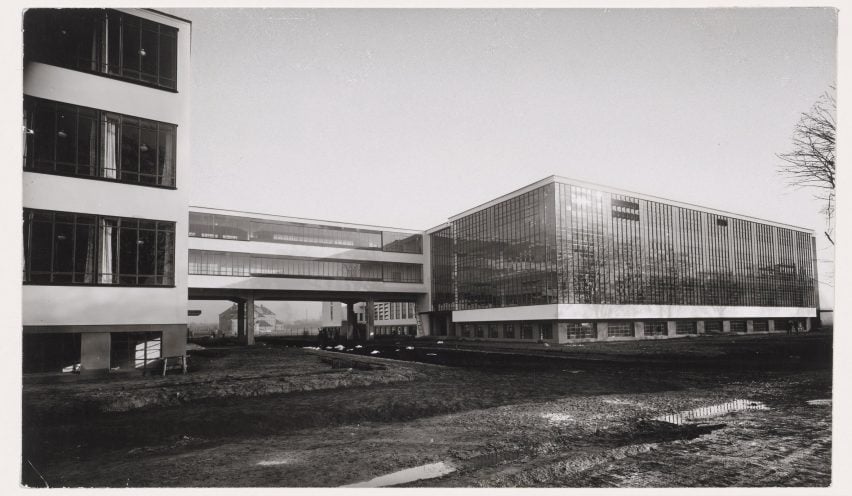
Workshop wing of the Bauhaus Building in Dessau, c. 1926
"To me, this photograph of Walter Gropius's Bauhaus building with a muddy, unpaved road in the foreground shows the messier, dirtier aspects of constructing a new modernist vision. From her diaries, we know that Moholy didn't like living in Dessau and her photos of the school, which are very alluring, also hint at her despair and dislike of being there.
"Moholy's photographs documenting the Bauhaus buildings and design objects already appeared – with and without credits – in books at the time, as well as in the popular press. In the 1950s, she discovered that at least 40 of her images were used in the catalogue of the seminal 1938 Bauhaus exhibition held at MoMA in New York.
"It kickstarted a life-long campaign of letter-writing to try to obtain both the possession of her glass negatives from the Bauhaus years and appropriate author credit and compensation for the publication of her images."
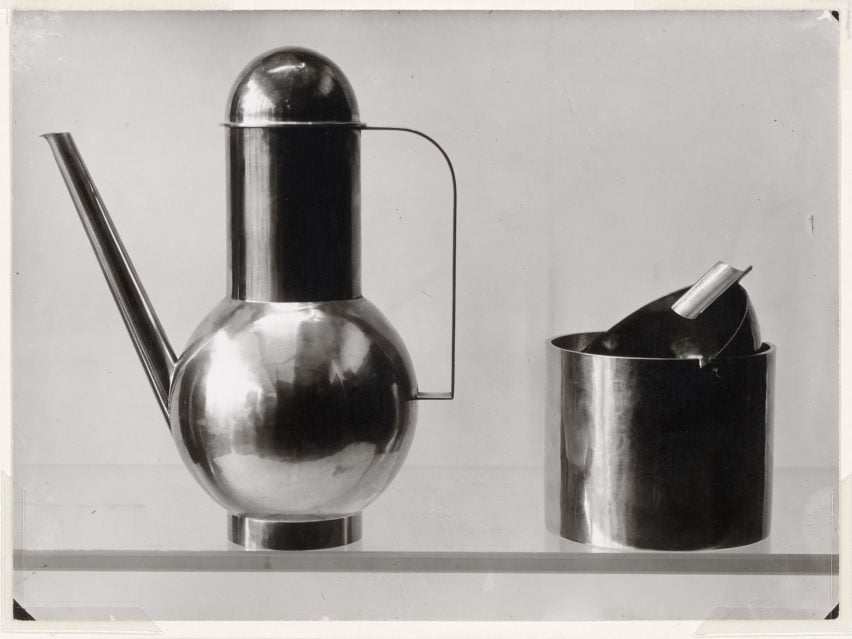
Teapot and ashtray by Marianne Brandt, 1924
"Marianne Brandt is a really important Bauhaus designer who ended up living in East Germany in relative obscurity, although her work is now also receiving due attention. The somewhat static composition of the two objects side by side is dynamised by the diagonals produced by the larger vessel's slender spout and the decision to slant in the ashtray's top, emphasizing the use value.
"It also shows how Moholy played with reflective surfaces when photographing metal objects, evoking the work of Florence Henri who was at the Bauhaus at the same time. Henri was known for capturing her own portrait as she played with glass and metal in her photographs.
"We can also occasionally catch a glimpse of Moholy in some of her metal studies. But in other instances, she focuses on highlighting the lustrous quality of the objects in isolation. These images of metal objects are perhaps the best-known of her Bauhaus product photographs. But she also took pictures of pieces made from ceramics or wood that indicate the evolution of design thinking at the school."
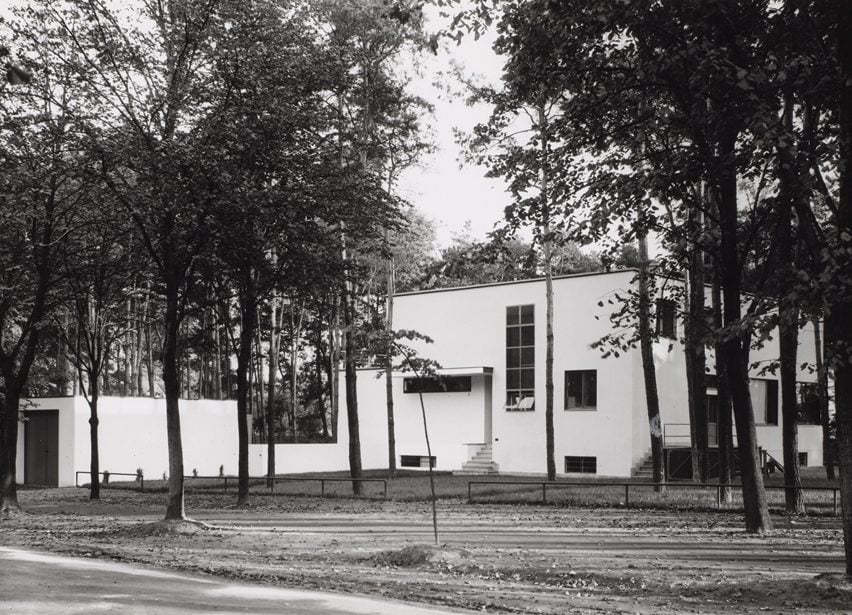
Gropius House in Dessau, 1925
"This street view of Gropius's house in Dessau is glimpsed through a line of birch trees that conjures a feeling of entrapment, almost like prison bars. It reinforces this sense of being fenced in or fenced off – a feature of many of Moholy's images of the Masters' Houses, which provided accommodation for Bauhaus teachers.
"The photograph really captures the modernist style of Gropius's buildings, with the rectilinear geometric shapes and the dark windows inserted into the white facades. While living in Dessau, Moholy's relationship with Gropius and his wife Isa was amiable and continued to be so when the Gropiuses emigrated to the United States.
"It was only in the 1950s, when she learned how the negatives she left behind in Berlin in 1933 had been used to build the legacy of the school without her knowledge, that the relationship turned sour and she engaged a lawyer to help her recover the images."
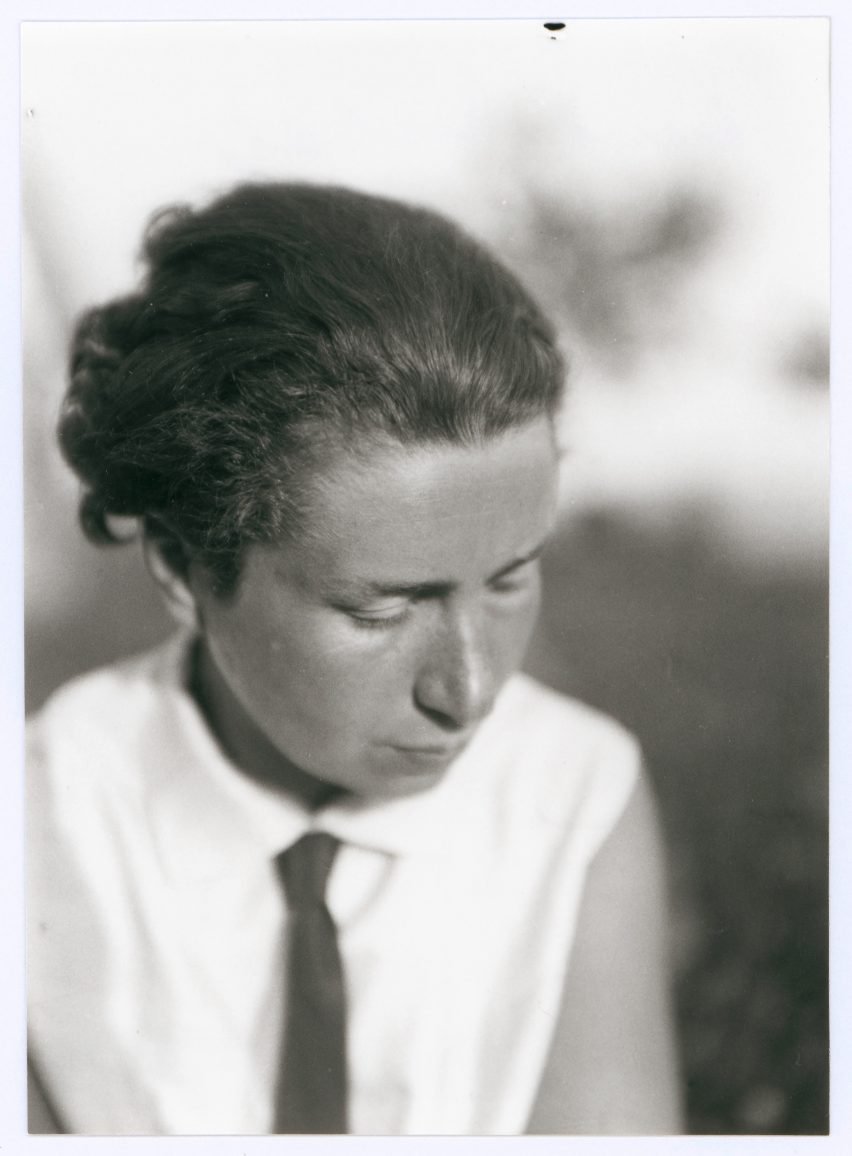
Portrait of Lucia Moholy, 1927
"I really love this photograph because in it, Lucia Moholy seems to be embodying the kind of new woman she portrayed in some of her female portraits at the time. Her outfit, featuring a button-down shirt and tie, defies gender norms and is an early example of the style choices that show her to be a lifelong fashion icon.
"It's unclear whether this was a self-portrait or whether it was perhaps taken by Moholy-Nagy or one of the women at Schwarzerden – a radical school of pedagogy Moholy visited during her time at the Bauhaus.
"The portraits she took there of students and her peers, along with other portraits she took of Bauhaus figures, invite a queer new vision of the school that is quite ground-breaking but less considered in her oeuvre."
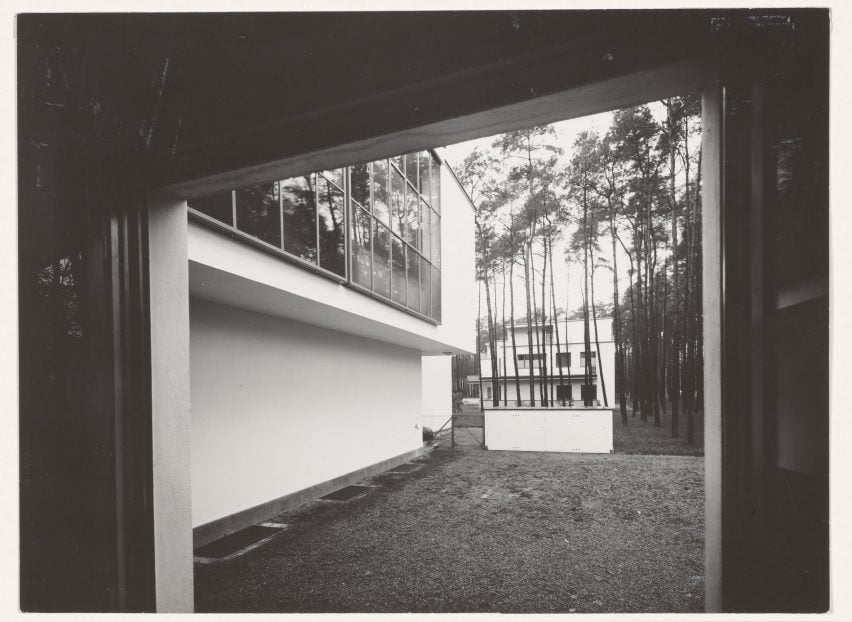
Masters' Houses at Bauhaus Dessau, 1926
"This is probably my favourite image of the Masters' Houses in Dessau because it is the house in which Lucia Moholy and László Moholy-Nagy lived. The dark framing and sharp angles are typical of her work in this period and show how skilfully she captured the hard edges of these modernist buildings.
"There's also a real intimacy in the way the photograph captures her gazing out of her window through this dark frame, which creates a somewhat claustrophobic feeling.
"She wrote in her diaries about her sense of frustration and alienation when she was in Dessau that comes through in the image, along with capturing the architectural details that I do think she really admired."
All photos are courtesy of the Fotostiftung Schweiz unless otherwise stated.
Lucia Moholy: Exposures is on display from 30 May to 28 October 2024 at Kunsthalle Praha. See Dezeen Events Guide for an up-to-date list of architecture and design events taking place around the world.